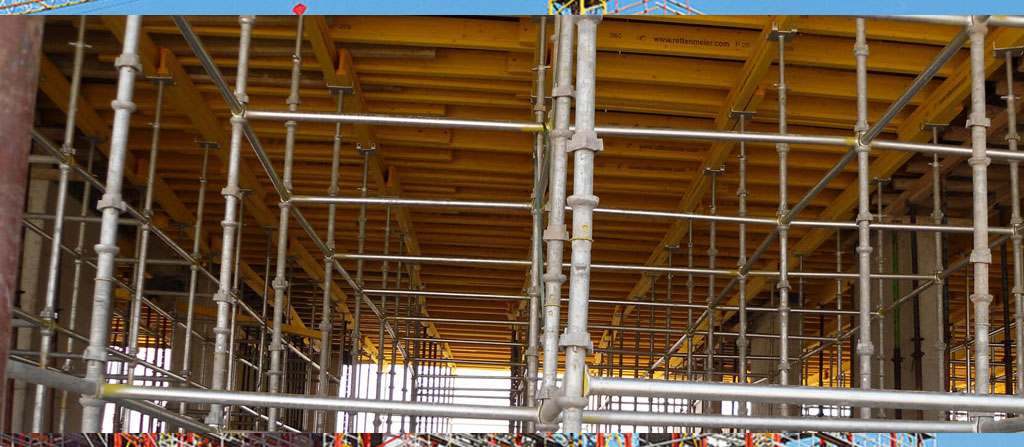Can scaffolding be used for both indoor and outdoor projects?
Scaffolding: A Versatile Solution for All Environments
Scaffolding, often associated with the towering structures seen on the exteriors of buildings under construction, is not limited to outdoor use. Its versatility extends to indoor environments as well, making it a comprehensive solution for a wide range of construction and maintenance projects. Whether you're painting a cathedral ceiling or constructing a high-rise, scaffolding provides the necessary support, safety, and accessibility.

Scaffolding in Outdoor Projects
Outdoor scaffolding is a common sight in construction, renovation, and maintenance projects. It provides workers with safe access to high and hard-to-reach areas of buildings and structures. Here’s why scaffolding is indispensable outdoors:
- Adaptability: Outdoor scaffolding can be adapted to various terrains and building designs, from flat surfaces to sloped landscapes.
- Durability: Designed to withstand the elements, outdoor scaffolding is made from materials like steel and aluminium, which offer strength and resistance to weather conditions.
- Safety Features: Equipped with safety features such as guardrails and toe boards, outdoor scaffolding enhances the safety of workers operating at height.
Scaffolding for Indoor Use
Scaffolding's utility is not confined to the outdoors; it plays a crucial role in facilitating indoor projects as well. Here’s how scaffolding supports indoor work:
- Accessing Heights: For tasks such as painting ceilings, installing lighting, or conducting repairs in tall indoor spaces, scaffolding provides a stable platform for workers.
- Space Management: Indoor scaffolding can be designed to fit tight spaces, allowing for efficient use of the available area without disrupting the surrounding environment.
- Mobility: Certain types of indoor scaffolding, such as mobile towers, can be easily moved around, offering flexibility and efficiency in completing tasks.
Considerations for Indoor and Outdoor Scaffolding
While scaffolding serves both indoor and outdoor purposes, there are considerations unique to each environment:
- Floor Protection: For indoor projects, protecting the flooring from damage caused by scaffolding is crucial. Using scaffoldings with rubberised feet or laying down protective coverings can prevent scratches and dents.
- Ventilation: When using scaffolding indoors, especially in confined spaces, ensuring adequate ventilation is important for the safety of workers.
- Space Constraints: Indoor scaffolding may require more compact and manoeuvrable setups to navigate through doorways and corridors.
In Conclusion
Scaffolding's versatility makes it an essential tool for both indoor and outdoor projects, providing safe and accessible work platforms in a variety of environments. Whether facing the challenges of the great outdoors or the confines of an indoor space, scaffolding offers tailored solutions to meet the project's needs, ensuring safety and efficiency at every step.
